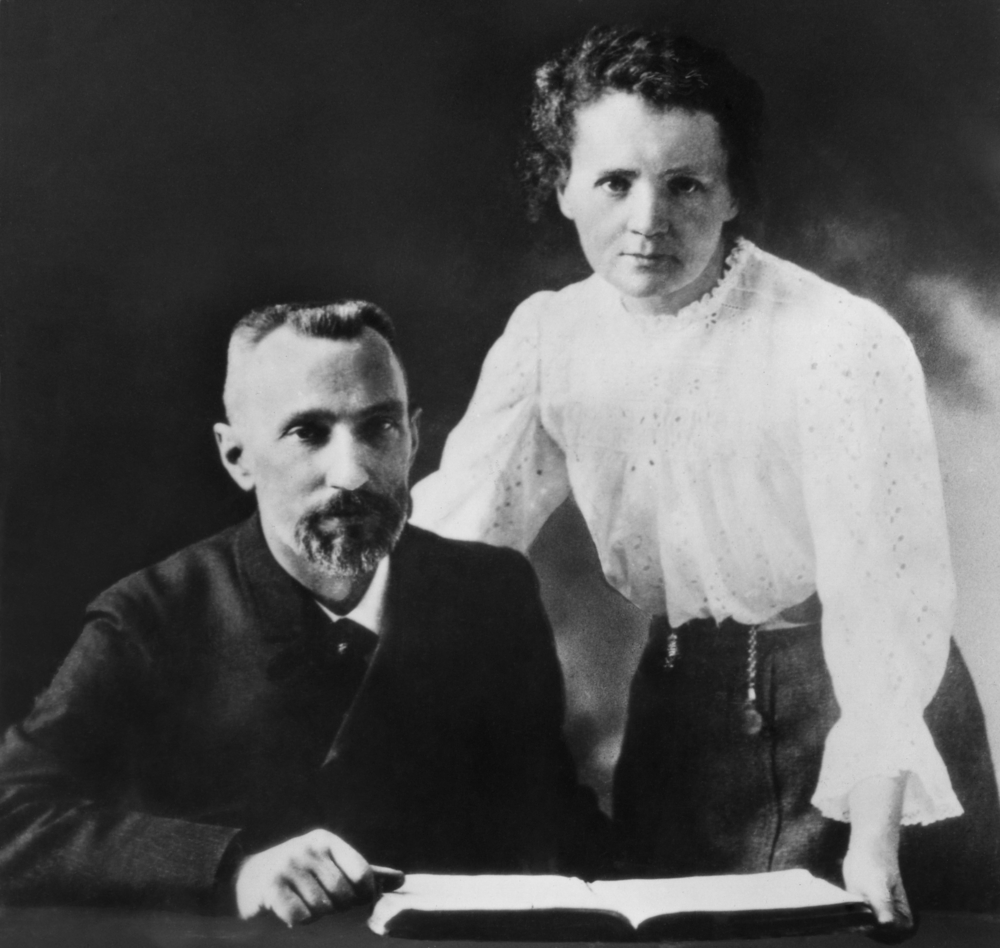
Marie Curie, Physicist, and Chemist
I’m sure everyone’s heard about Marie Curie, physicist, chemist, and pioneer in the study of radiation, but not many people know how she contributed to the science world. Her real name is Marya (Manya) Salomee Sklodowska and she was born on Nov. 7, 1867, in Warsaw, Poland.
She was the youngest in a family of five children, one older brother, and three sisters. Her parents were teachers, therefore, they made sure all their children are properly educated. After her mother died of tuberculosis in 1878, Marie Curie had suffered a long battle with depression and even lost her faith in God.
Even though she wanted to get higher education and attend the University of Warsaw, the university did not allow women to join back then. Therefore, she was forced to live in the country and got accepted at registered at the Sorbonne in Paris.
In Paris, she started calling herself Marie, because it sounded more French. She was always a very good student, at the top of her class, which made her receive the Alexandrovitch Scholarship for Polish students studying abroad. Back when women were not allowed to teach science, she became the head of the physics lab in the early 1900s.
Marie met her husband when she was a student, and he was already an accomplished researcher. She used the term radioactivity for the first time in history, which contributed to the radioactive discovery. She worked her entire life with radium and found out that measuring radioactivity would contribute to the discovery of new elements and, that radioactivity was a property of the atom, as she wrote in a March 1898 seminar paper.
She worked with her husband on the ‘radioactivity’ project, using instruments designed by him. Together, they have discovered two radioactive chemical components, which they named polonium and radium.
Marie Curie was the first woman in France that had a doctoral thesis in 1903. In that same year, the Curies and Henri Becquerel won the Nobel Prize in Physics. She won her second Nobel Prize, in Chemistry this time a few years later, in 1911.
Marie Curie worked her entire life with radioactive materials, which eventually lead to her death. The exposure to the radioactivity caused aplastic anemia, a blood disease, and she died in 1934.
As her doctor wrote after her death, “The bone marrow could not react probably because it had been injured by a long accumulation of radiation.”
Here are 16 Science Mysteries Scientists Still Don’t Have An Answer For.












































